Physique, Fitness, and Performance
BODY BUILD AND BODY COMPOSITION PHYSIQUE, FITNESS, AND PERFORMANCE Introduction Physique: The Morphological Components Conditioning and Training: The Physical Fitness Components Ability and Skill: The Motor Components Nutrient and Energy Utilization: The Metabolic Components Physical Performance Physique, Exercise, Nutrition, and Heart Disease BODY BUILD AND BODY BUILD INDICES Introduction Body Types Somatotypes Anthropometric Somatotypes Body Build and Physical Performance Body Size and Body Proportions Dysplasia Type Indices Body Build Indices Body Build Indices and Biomechanics Body Build Indices and Physical Performance BODY FAT AND FAT FREE COMPOSITION Introduction Direct and Indirect Method of Measure Densitometry and Hydrometry Total Nitrogen and Total Body Potassium Computed Tomography and Magnetic Resonance Electrical Conductivity and Ultrasound Infrared Interactance and photon Absorptiometry Air Displacement Plethysmography: Body Pod Anthropometric Methods of Measure Body Composition and Physical Performance PHYSICAL AND PSYSIOLOGICAL CONDITIONING MUSCULAR STRENGTH AND MUSCULAR ENDURANCE Introduction Muscle Structure and Muscle Contraction Muscle Fiber Types Muscular Strength and Muscular Endurance Determinants Strength Training Principles and Practices Muscular Strength and Muscular Endurance Training Programs Flexibility Effects of Resistance Training Programs AEROBIC AND ANAEROBIC CONDITIONING Introduction Phosphagen or Adenosine Triphosphate - Creatine Phosphate System Fast Glycolytic or Lactic Acid System Slow Glycolytic or Oxidative System Muscle Fiber Types Principles of Training Training Programs Effects of Cardiovascular Training Programs Pre-Entrance Program Considerations MOTOR LEARNING AND MOTOR CONTROL MOTOR LEARNING AND MOTOR CONTROL Introduction Generality and Specificity General Motor Ability Specific Motor Ability Motor Control Closed and Open Loop Motor Learning Closed and Open Loop Motor Learning Studies Dynamic and Exploratory Motor Learning Approaches Practice and Motor Learning Motor Ability and Motor Learning FATIGUE AND PHYSICAL PERFORMANCE Introduction Fatigue and Physical Performance: Past Perspectives Physiological Causes of Fatigue Central Nervous System Failure Peripheral Neuromuscular Fatigue Fatigue and Motor Learning EXERCISE, NUTRITION, AND HEART DISEASE EXERCISE AND NUTRITION Introductions Carbohydrates Fats Proteins Vitamins and Minerals Water Carbohydrate and Fat Utilization in Exercise Protein and Performance Vitamin and Mineral Utilization in Exercise Water and Exercise NUTRITION AND HEART DISEASE Introduction Lipids and Lipoproteins Atherosclerosis and Heart Disease Cholesterol: Norm Levels and Risk Assessment Cholesterol Reduction: Nutritional Intervention Dietary Goals and Dietary Guidelines Cholesterol: Norm Levels and Risk Assessment Major Risk Factors The Metabolic Syndrome Biochemical Risk Factors OBESITY AND HEART DISEASE Introduction Obesity Types Causes of Obesity Height-Weight Tables Height-Weight Ratios Frame Size Obesity and Heart Disease APPENDICES The Heath-Carter Anthropometric Somatotype: Measurement and Assessment Body Size and Body Proportions: Measurement and Assessment Body Composition: Measurement and Assessment Resistance Exercises: Description and Assessment Aerobic and Anaerobic Conditioning: Assessment and Classification Estimated Daily Calorie Needs - Dietary Goals -Dietary Guidelines -Food Guide List, Vitamin and Mineral Guide Lists
{{comment.content}}
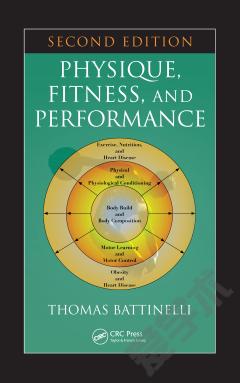

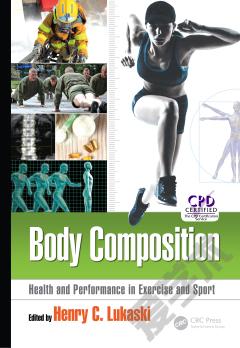
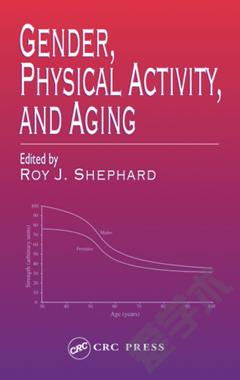
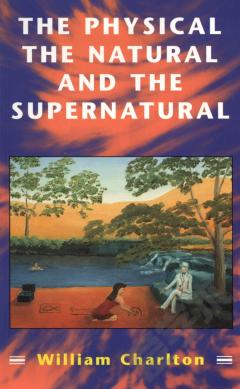
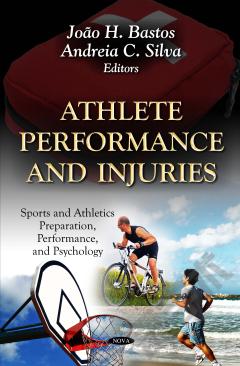


 京公网安备 11010802027623号
京公网安备 11010802027623号